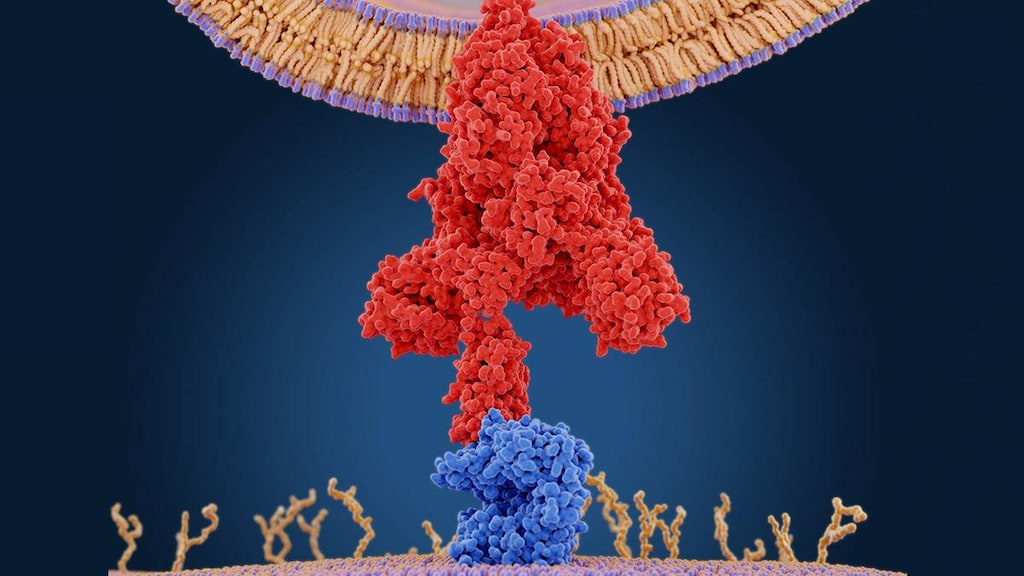
What is a viral infection?
A viral infection occurs when a virus enters a person’s body and multiplies, causing illness, organ or tissue damage, or disease. Some viral infections can be life-threatening.
What causes viral infections
Viral infections are caused by a virus, which is a small particle of genetic material (either DNA or RNA) enclosed in a protein coat or fatty covering. Viruses are only able to multiply inside the cells of a living host and are unable to replicate on their own.
Once inside a susceptible host, viruses inject their genetic material into cells and replicate, usually killing the host cell to set the newly-formed virus particles free.
Not everybody who is exposed to a virus develops a viral infection because normally, our immune system helps protect our bodies from these invaders. However, cancer, chemotherapy, medications such as steroids, heavy metals, toxins, a poor diet or sleep, and many other health conditions can lower your immune system’s response, increasing your risk of infection.
What are the symptoms of a viral infection?
Symptoms reflect cell damage, tissue destruction and our immune system’s response to the infection.
Symptoms may vary depending on what part of your body is infected, for example:
- Respiratory viral infections
- Viral skin infections
- Foodborne viral infections
- Sexually transmitted viral infections
- Other viral infections.
Respiratory viral infections
These affect the nose, throat, and lung and most commonly spread through inhaling infected particles. Examples include a cold, the flu, and viral pneumonia.
Symptoms may include:
- Body aches
- Coughing
- Fatigue
- Mild headache
- Sneezing
- Sore throat.
Viral Skin Infections
Most viral skin infections produce a rash or blisters, which may be accompanied by other bodywide symptoms such as a fever or fatigue. Examples include cold sores, chickenpox, measles, and mononucleosis. Symptoms may include:
- A rash that may vary in appearance depending on the virus (such as welts, red blotches, small bumps, blisters)
- May be localized to a small area or widespread
- Additional symptoms may include a fever, runny nose, cough, or watery eyes.
Food-borne Viral Infections
Viruses are a common cause of food poisoning and hepatitis. Symptoms vary depending on the type of virus involved. For example:
- Hepatitis infections (affect the liver): yellow skin, nausea, diarrhea, vomiting
- Norovirus: Nausea, vomiting, diarrhea, abdominal cramps
- Rotavirus (common in babies): severe watery diarrhea that can lead to dehydration.
Sexually Transmitted Viral Infections
These are spread by contact with bodily fluids and sometimes through blood. Symptoms vary depending on the virus, for example:
- Human papillomavirus: Genital warts. Some people have no symptoms but exposure to the virus increases the risk of cervical, anal, penile, and other cancers
- Hepatitis B: Liver inflammation causing yellow skin, nausea, diarrhea, vomiting
- Herpes Simplex virus: Genital herpes
- Human immunodeficiency virus (HIV): Fatigue, night sweats, fever, swollen lymph nodes. Some people are symptomless.
Other Viral infections
There are many other viral infections and symptoms vary. Some examples are:
- West Nile virus: transmitted by infected mosquitos most people are symptomless while others have a fever and headache, and may develop meningitis (brain inflammation)
- Viral meningitis: headache, fever, stiff neck.
- Dengue: Sudden high fever, severe headaches, joint and muscle pain, eye pain, fatigue, nausea, skin rash.
How are viral infections treated?
Treatment depends on the type of virus and may include:
- Antivirals
- Vaccinations
- Supportive measures (such as pain relief, decongestants)
- Fluid replacement.
For some viral infections, there is no known treatment.




